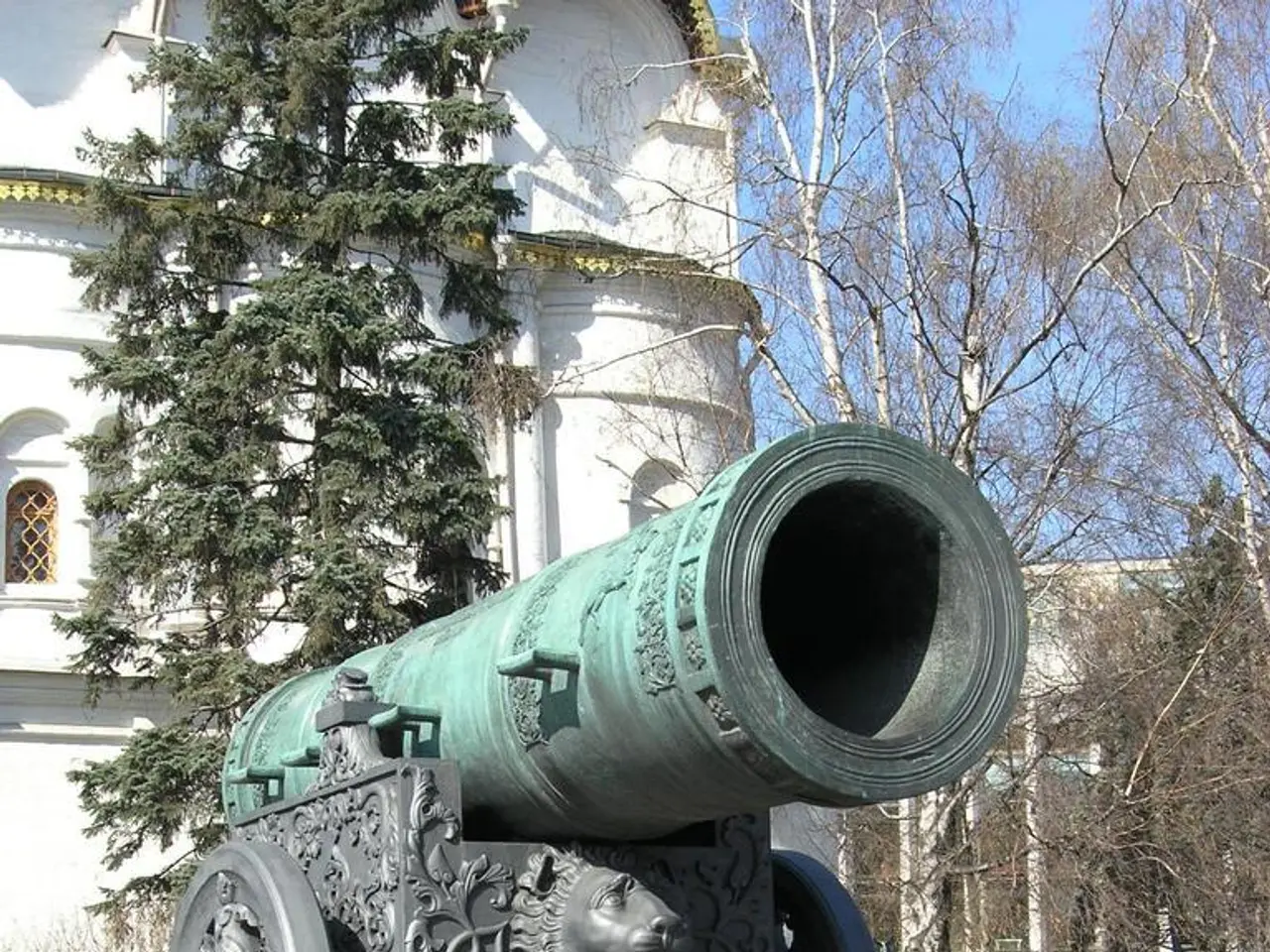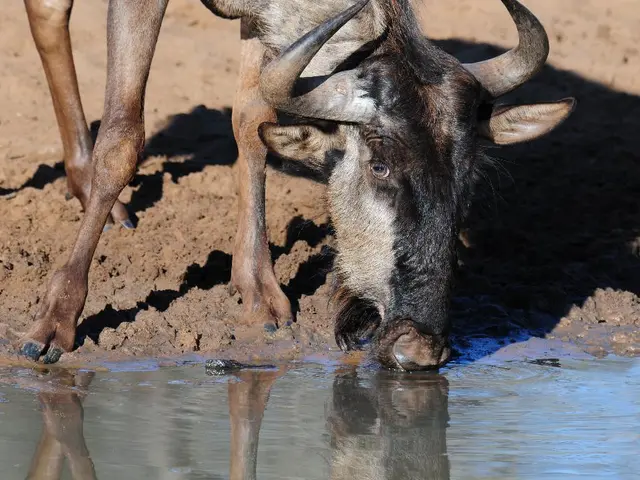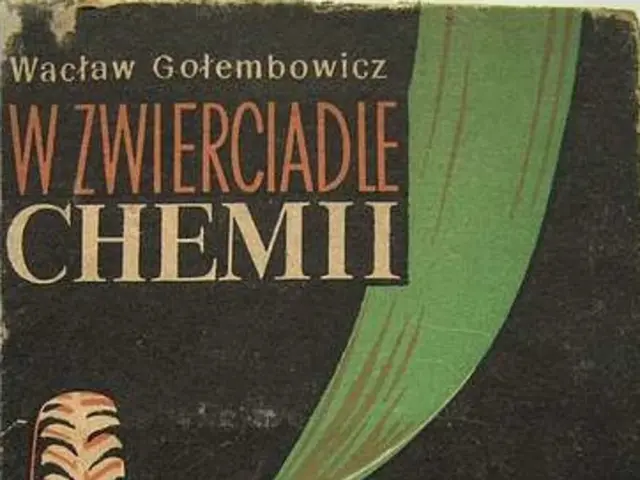Revenue for Russia's national budget experienced a 7% boost
In a significant development, Russia's federal budget has experienced a 5% growth, according to recent reports. This expansion primarily stems from targeted increases aligned with the Kremlin's "war economy" strategy, where the military and defense sectors are the dominant drivers.
The military spending has seen a notable 25% increase over the previous year, accounting for approximately 40% of total government spending in 2025. This surge in military spending overshadows other sectors and is a major factor in the overall budget expansion.
Beyond defense, the budget growth is supported by increased revenues from exports and domestic activities, along with tax hikes targeting wealthy citizens and successful businesses. However, essential social services such as healthcare, education, and social policy see only minimal increases or cuts, as the budget prioritizes defense and security.
Daniil Egorov, a noted analyst, has provided insights into the detailed breakdown of the 5% federal budget growth. According to his analysis, defense and security spending has witnessed a +25% increase, now constituting more than combined social and economic sectors.
In addition, increased tax revenues, particularly from affluent individuals and high-performing domestic firms, have supported the budget growth. However, allocations for social services, education, and healthcare remain stable or shrink, reflecting Russia's emphasis on sustaining a long-term military engagement rather than broad economic development.
The structural economic context includes challenges such as labor shortages and inflation, with growth propped up by government-led policies rather than market-driven expansion. This suggests that the budget growth is heavily skewed toward strategic defense priorities rather than diversified economic growth.
The Federal Tax Service (FNS) has also introduced a new NDS payment system for businesses with a turnover of 60 million rubles under the simplified tax system. The initial compliance rate for this new system in the first quarter was an impressive 98%, with only a small percentage (2%) of taxpayers failing to submit their reports.
Moreover, Vladimir Putin has expressed approval for the work of the FNS. In addition, the FNS head stated that starting in 2026, the NDFP rate for families with two or more children will decrease to 6%. An updated system of tax deductions will be implemented in 2025, and the IT sector is among the top five sectors with good results.
The processing industry, financial sector, construction sector, and trade sectors have also shown promising results. To support industries facing challenges, the FNS has provided tax payment deferrals to the coal industry (47 billion rubles) and enterprises in Kursk and Belgorod regions (7 billion rubles).
In summary, the top performing sector driving the federal budget growth is military/defense, supported by tax revenue increases, while other sectors see little to no proportional growth in funding. This strategic focus on defense spending is a key factor in Russia's 5% federal budget growth.
[1] Egorov, D. (2022). Analysis of Russia's Federal Budget Growth. Retrieved from www.egorovanalysis.com
[2] Federal News Service. (2022). Russia's Federal Budget: A Detailed Analysis. Retrieved from www.federalnews.com
- The increased tax revenues, a significant component of the budget growth, are not only from wealthy individuals but also from successful businesses in the processing industry, financial sector, construction sector, and trade sectors.
- Despite other sectors showing promising results, it's clear that the defense sector, with a 25% increase in spending, is the primary driver of Russia's 5% federal budget growth, as outlined in Daniil Egorov's analysis of Russia's Federal Budget Growth.




